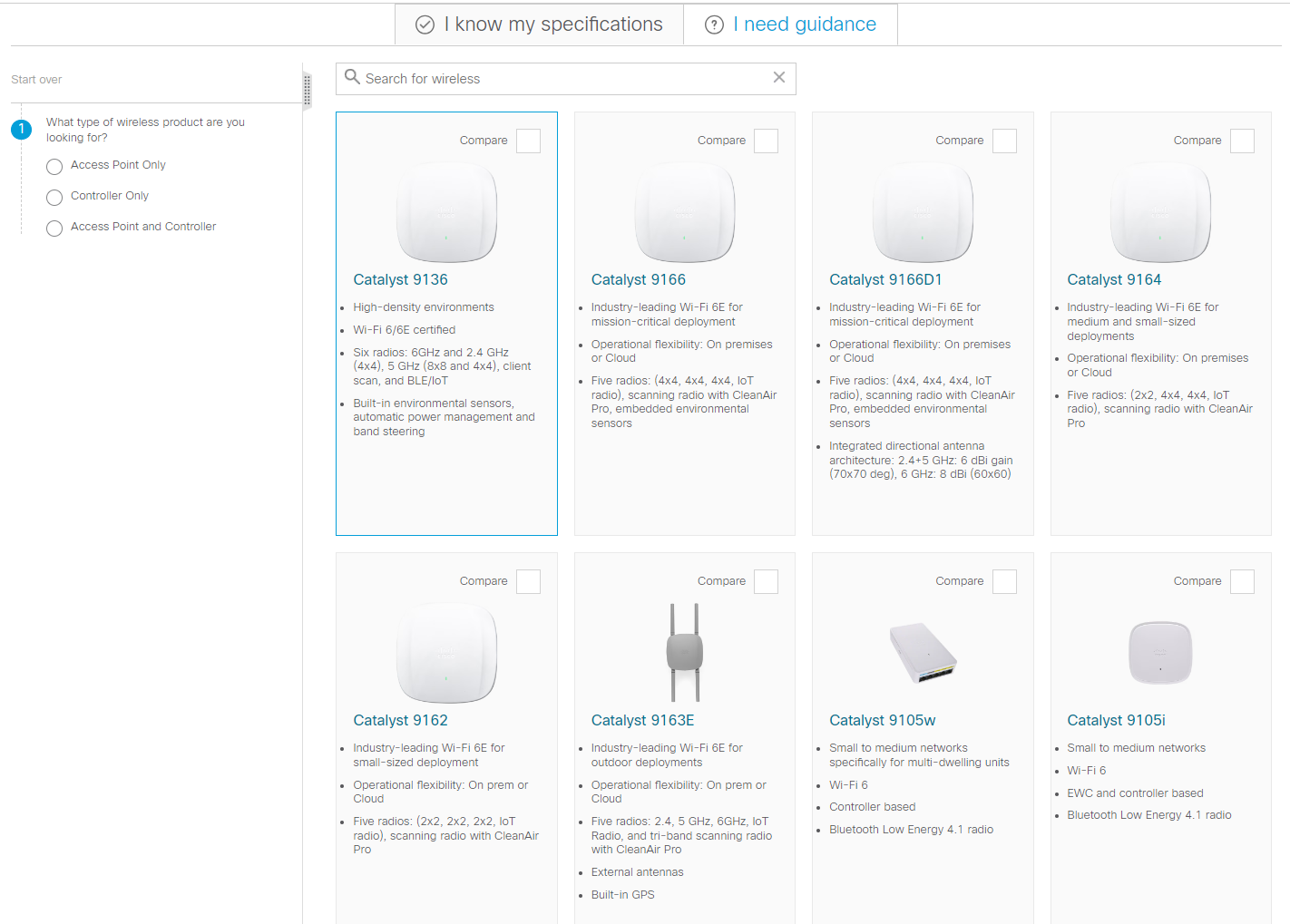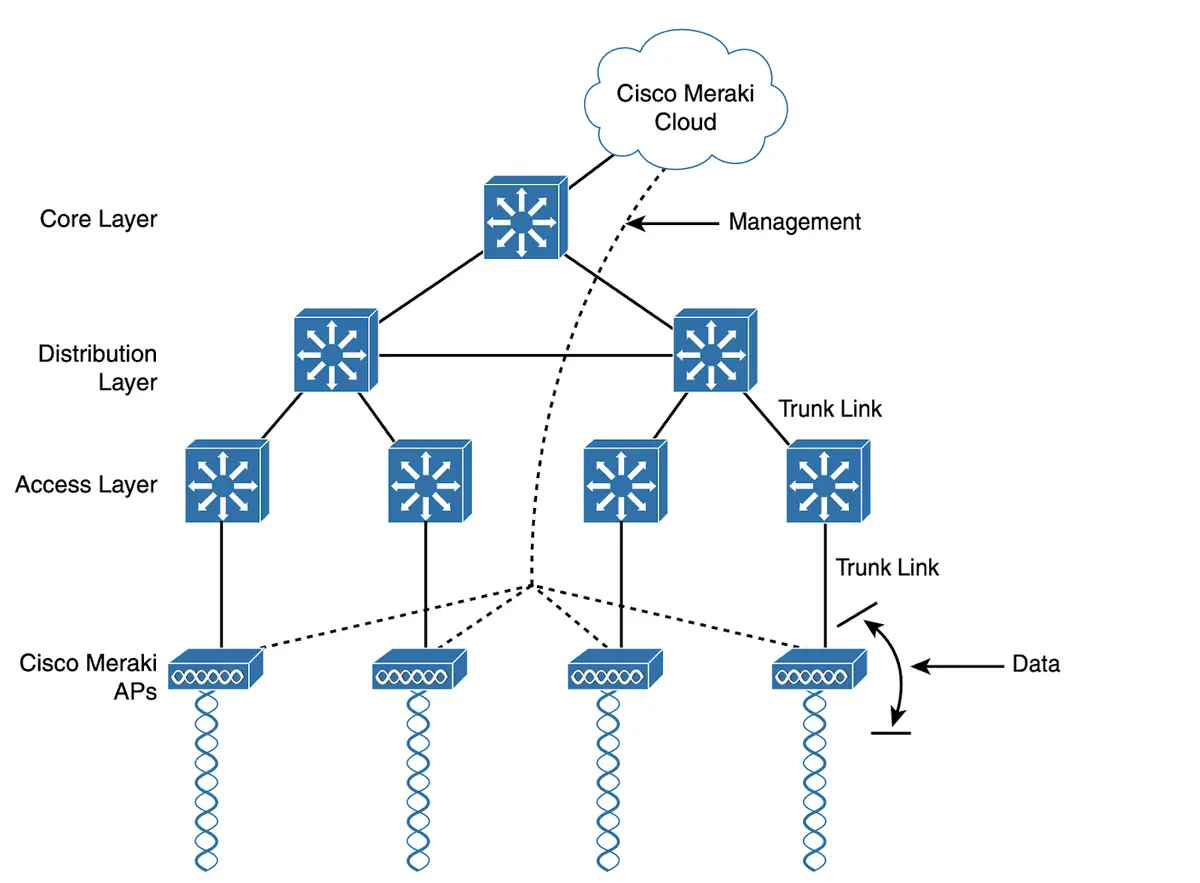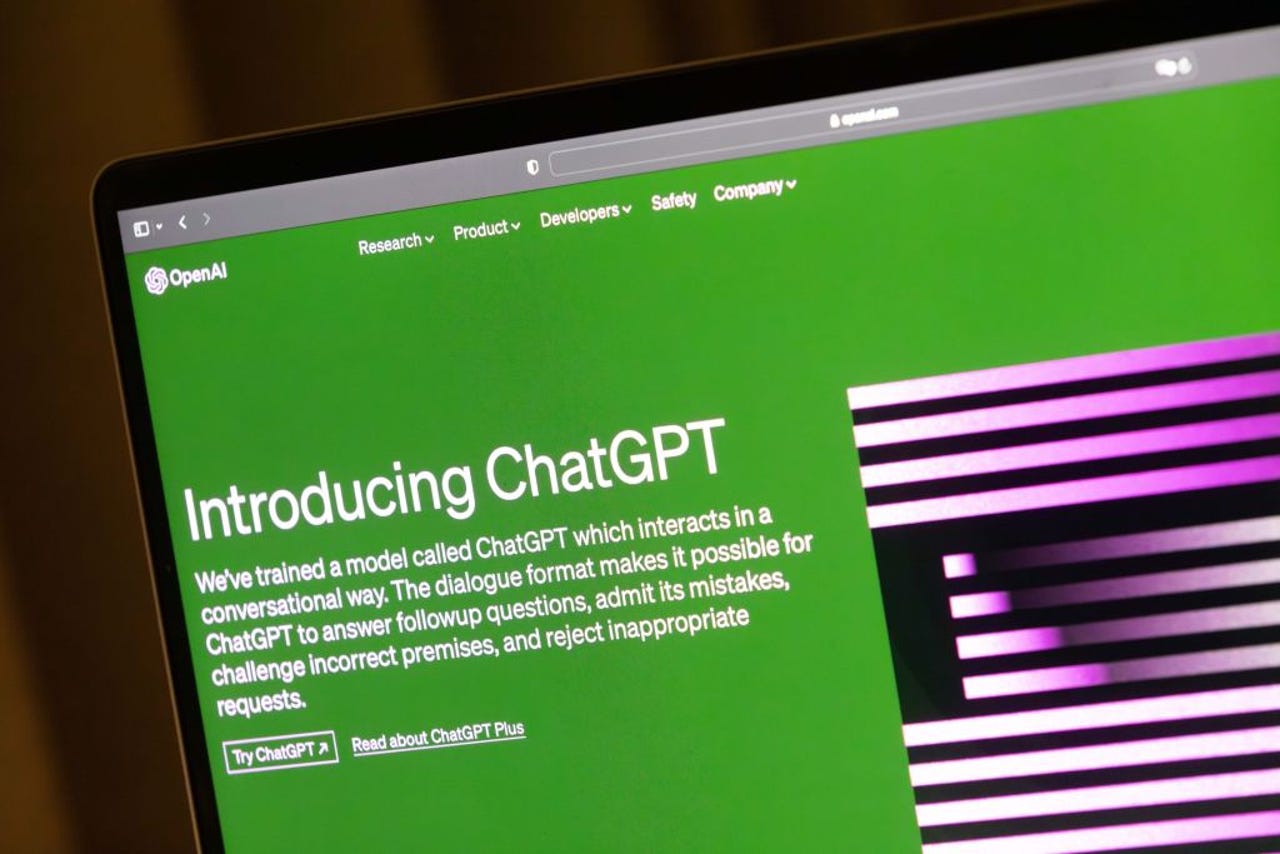































 SOPA Images/Contributor/Getty Images
SOPA Images/Contributor/Getty Images It's taken just a year since the launch of ChatGPT for generative artificial intelligence (AI) to create a step change in how we view work and complete our tasks every day.
Also: 6 AI tools to supercharge your work and everyday life
We've entered a period of dramatic innovation in AI and automation and it's going to have a significant impact on the future of jobs, productivity, and the ways we operate in teams. Research predicts that worker productivity could increase by as much as 4x by 2030, powered by AI. We unpack the opportunities and the ways to benefit from this transformation.
Read nowDepending on who you believe, generative AI is going to either help us work more efficiently or leave most of us unemployed.
The key task for professionals and their businesses right now is to explore how generative AI can be used to make us more productive.
Six business leaders talk about how organizations are beginning to explore and exploit generative AI -- and they suggest six ways that you can get involved, too.
Adam Warne, CIO at retailer River Island, says his organization is already beginning to "play" with GPT -- and before those explorations go to the next stage, he wants to make sure the technology is ready for customer-facing services.
"I think we are probably in a similar place to lots of people," he says. "We're using it to generate content ideas, whether it's blog posts, marketing posts, or product descriptions. But we're not putting it into a production environment."
Also: Leadership alert: The dust will never settle and generative AI can help
Like other CIOs, Warne is cautious about using AI. Right now, he says there needs to be a "human, fleshy thing" between whatever generative AI is doing within the business and what the customer sees externally.
But he expects to see rapid progress in the level of automation -- and he advises all professionals to start exploring generative AI.
"I think the speed at which it's come to market and is developing means that everybody should be keeping an eye on it," he says. "It's a way of being mainstream, but I think it's going to be production-ready very, very quickly."
Brad Woodward, head of data at women's lifestyle retailer Hush, says he believes generative AI tools could provide a big boost in productivity for all kinds of professionals, particularly IT developers -- and he's already exploring how.
"The way in which we'll be looking at it, and the way we'll train other people to use it, is how we can be more efficient at our jobs," he says.
"The really interesting thing about tools like ChatGPT is about how they can help us do things more efficiently, like writing code and interrogating databases."
Also: How ChatGPT can rewrite and improve your existing code
Woodward gives an example from his own working life, where he recently had to create a prototype of a reporting model.
He didn't want to use live data and, not so long ago, he would have had to produce the sample data for the model by hand. Instead, he just turned to AI.
"I just said to ChatGPT, 'Can you generate me a bunch of database tables and some sample data for this model?' And it gave me 100 rows. And I then said, 'Can I have some more?' And it gave me 1,000 rows," he says.
Also: How to use ChatGPT to write Excel formulas
"It was as easy as that. Whereas in the past, it would have taken maybe an hour or two. Now, I can automate that task. So, the way that we're talking about generative AI within the team is, how do we use this tool to make us more efficient?"
Lily Haake, head of technology and digital executive search at recruiter Harvey Nash, says the best starting point for professionals who are thinking about exploring generative AI is to look for a knowledgeable partner from beyond the enterprise firewall.
"One of our clients was working with a third party," she says. "If you're at a certain scale, you don't necessarily need to build the capability in-house. You can rely on a third party that really does have the expertise." In fact, Haake suggests that smart professionals will probably opt to cover their bases and work with more than one external partner.
"Maybe search for a few third parties to make sure that you've got legal covered and that you've got ethics covered as well," she says. "Having someone with that helicopter view can be really helpful."
Also: The ethics of generative AI: How we can harness this powerful technology
Companies that find a strong partner will bolster their depth of understanding of emerging technology. With that kind of knowledge, it becomes possible to start exploring -- or as Haake suggests, taking "baby steps" -- and establishing generative AI use cases.
However, she also issues a word of warning: Professionals who want to explore generative AI must ensure their information is ready.
"You can't automate and you can't drive amazing AI initiatives without the basics of data management and governance in place," says Haake. "If you're not sure whether you have good quality data, that has to be the starting point."
Prakash Rao, group head of supply chain projects at retail and hospitality giant Landmark Group, says ChatGPT has huge potential, but it's crucial to focus on the business case. "Otherwise, it's just jargon," he says.
Also: Here's why generative AI will far surpass what ChatGPT can do
Rao likens the rise of generative AI to innovations plotted on analyst Gartner's Hype Cycle for Emerging Technologies. Every innovation goes through a peak of inflated expectations, where people across the IT industry and other lines of business see the technology as a panacea.
Right now, Rao says he's anticipating a "trough of disillusionment," where the hype around AI begins to drop off before reaching a plateau, where widespread acceptance, adoption, and exploitation are commonplace.
"The technologies that really have a business application reach a level where all these use cases come out of this technology," he says. "There are a lot of useful business cases that will emerge, and we're going to see multiplier effects in terms of the benefits for these technologies, too."
Also: Generative AI could save marketing pros 5 hours per week, according to research
Rao says business functions across Landmark Group will be exploring ChatGPT, particularly marketing, and sales, where AI could offer new levels of customer service and interaction. "And, of course, ChatGPT is something we'll also be evaluating in supply chain," he says. "But right now, I have not seen any useful applications."
Robyn Furby, technology adoption manager at insurance firm NFU Mutual, says ChatGPT should be explored cautiously, but she's enthusiastic about the potential for enterprise-ready adaptations from Microsoft.
"We're looking at it in the context of understanding what it means," she says. "Naturally, in any financial services organization, we're going to be cautious. And as a tech enthusiast, I'm interested in supporting people to use it in a safe way. So right now, our focus is around how you can use it in a way that's appropriate today."
Also: 7 ways you didn't know you can use Bing Chat and other AI chatbots
Furby believes the real power from ChatGPT will arrive when it's embedded into enterprise-ready AI services, such as Microsoft Copilot, which will use current language models like OpenAI's GPT-4 to offer help for specific tasks, such as answering questions, providing information, and generating content.
"I think it will be really interesting to see how it's used," she says. Microsoft's AI Copilot began rolling out to devices running Windows 11 version 22H2 at the end of September. "In the meantime, we need to educate people about the differences between all these AI tools -- what can you use external tools like ChatGPT and Bing for, and what can you use Copilot for? And I think that period of education is going to be a massive process."
Stephen Wild, engineering manager for observability and automation at 888 William Hill, has started dabbling with ChatGPT, as have other people on his team, particularly younger members of staff.
However, experimentation does not mean production. Wild says professionals must be careful to ensure generative AI is producing strong business benefits. "It's more of a worry at the moment," he says, reflecting on the fast-moving pace of developments. "The biggest problem I can see with the free version of ChatGPT is that it only really goes to 2021."
Also: Five ways to use AI responsibly
Like other digital leaders, Wild believes the launch of enterprise-ready applications will be a tipping point. "It'll be interesting when Microsoft goes beyond Bing and starts incorporating the technology into the likes of Teams. That will probably be the next big revolution in tech," Wild says.
He also says it's also important to recognize that the influence of AI is not just confined to generative systems. For example, his organization is using New Relic's automated application-monitoring and observability platform.
"Machine learning is already very important to us. We use AI through New Relic and its alerting service, which allows us to cut down on the sheer number of alerts we have to look out for," he says. "We also use it in terms of checking for bots that are constantly looking for our odds and are trying to take liberties with our promotions. The more bots we can find, the better."
 Tags chauds:
Intelligence artificielle
Innovation et Innovation
Tags chauds:
Intelligence artificielle
Innovation et Innovation